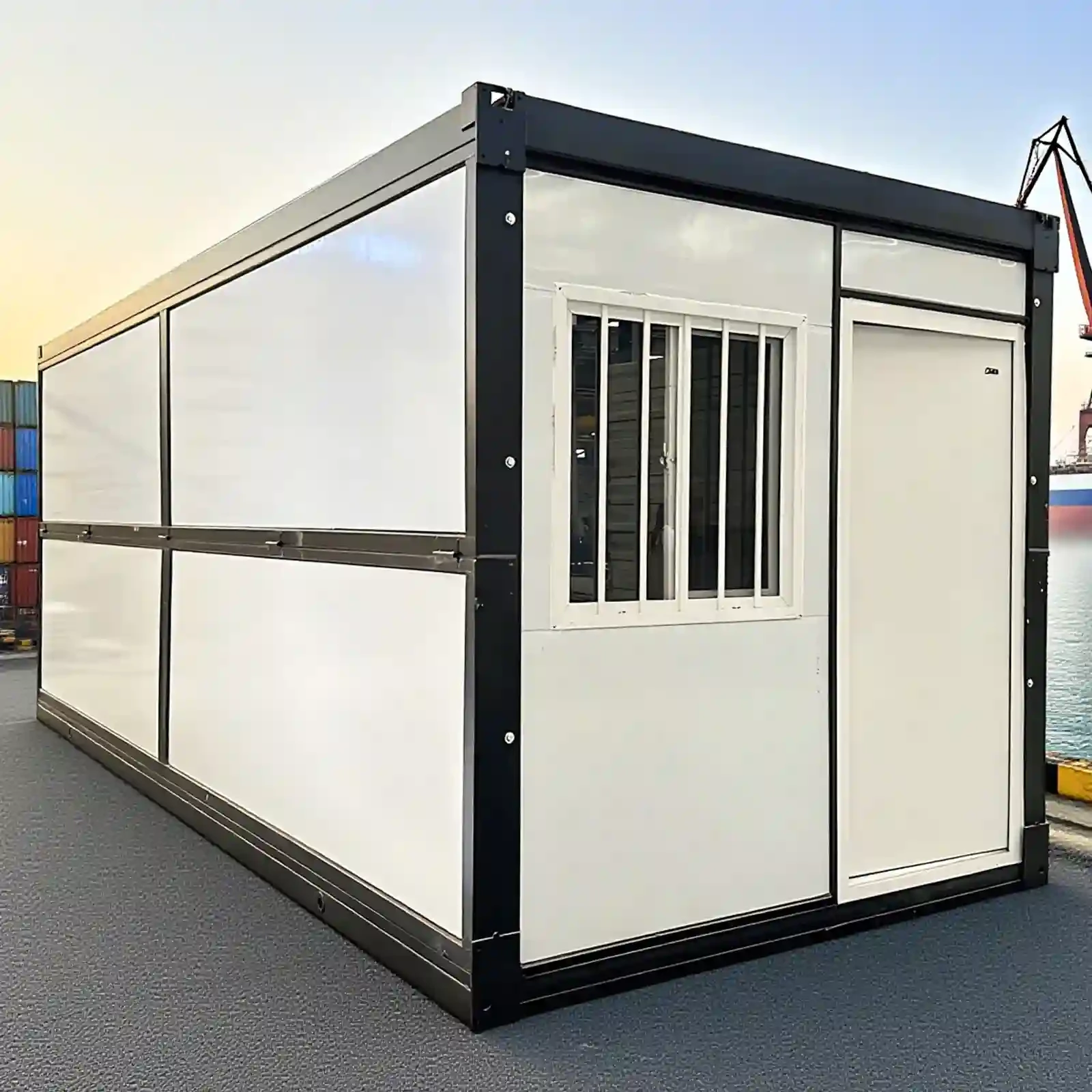Throughout the evolution of materials science, acrylic anti-static sheeting, with its innovative attributes, has become a key force driving change in the sheeting industry. From fundamental material research and development to cutting-edge application areas, acrylic anti-static sheeting demonstrates extraordinary innovative vitality, bringing new solutions and development opportunities to numerous industries.
1. Material Innovation: Laying the Foundation for Excellent Performance
Application of new conductive additives
A major breakthrough in material innovation for acrylic anti-static sheeting is the introduction of new conductive additives. Conventional anti-static sheeting utilizes conductive particles or fibers, which have performance limitations. However, nanoscale conductive materials are now being incorporated into acrylic sheeting. These nanoparticles possess a significant surface area, creating a denser and more uniform conductive network within the sheet. When static electricity is generated, it is rapidly conducted and dissipated through this nanoscale conductive network, significantly enhancing the sheet's anti-static properties. Furthermore, the nanomaterial's tiny size minimally impacts the sheet's optical and mechanical properties, enabling acrylic anti-static sheeting to maintain excellent transparency and strength while exhibiting superior anti-static capabilities.
Composite optimization of polymer materials
In addition to innovations in conductive additives, acrylic anti-static sheeting has also made significant progress in polymer composite technology. By combining polymers with different properties, the advantages of each are complemented, comprehensively improving the overall performance of the sheet. For example, combining a highly flexible polymer with acrylic enhances the sheet's bending and impact resistance without compromising its anti-static properties. This optimized composite allows acrylic anti-static sheeting to perform better in applications requiring high flexibility, such as flexible display screen covers for electronic devices. It also improves the sheet's durability in complex environments, laying a solid foundation for its application in a wider range of fields.
2. Technological Innovation: Improving Production and Application Efficiency
Convergence of 3D printing technologies
The rise of 3D printing technology has opened up new avenues for the manufacture and application of acrylic anti-static sheeting. Combining 3D printing with acrylic anti-static sheeting enables personalized, customized product manufacturing. During the production process, 3D printing allows for precise control of the shape, size, and internal structure of acrylic anti-static sheeting, tailored to specific design requirements. For example, when manufacturing specialized electronic device casings, complex shapes are difficult to achieve using traditional machining methods, but 3D printing technology easily achieves these features. This not only improves production efficiency but also reduces material waste. Furthermore, 3D printing technology can create specialized conductive channels or structures within the sheet, further optimizing its anti-static performance and providing more reliable ESD protection for electronic devices.
Integration of intelligent sensing technology
To meet the demands of modern intelligent applications, acrylic anti-static sheeting is beginning to incorporate intelligent sensing technology. By embedding sensors within the sheet, they can monitor surface static levels, ambient temperature, humidity, and other parameters in real time. When the static voltage on the sheet surface exceeds a safe threshold, the sensor quickly transmits a signal to the control system, which then takes appropriate measures, such as activating an anti-static device or adjusting environmental parameters, to ensure the sheet remains in a safe static state. This integration of intelligent sensing technology transforms acrylic anti-static sheeting from a passive anti-static material into an intelligent material with active protection capabilities, providing a more precise and reliable ESD protection solution for applications with extremely high static requirements, such as data centers and medical equipment.
3. Application Innovation: Expanding Diverse Application Fields
Application expansion in the field of new energy vehicles
With the booming new energy vehicle industry, the application of acrylic anti-static sheeting in this field continues to expand. Anti-static materials are required in the battery modules of new energy vehicles to protect the batteries from the effects of static electricity. Acrylic anti-static sheeting, with its excellent insulation, anti-static, and mechanical properties, is an ideal material for battery module packaging and protection. Furthermore, in automotive interiors, acrylic anti-static sheeting can be used to create casings for components such as instrument panels and center consoles. Its aesthetic appearance, excellent processability, and anti-static properties not only enhance the quality of automotive interiors but also provide static protection for electronic devices within the vehicle, ensuring the stable operation of the vehicle's electronic systems.
Innovative applications in the field of smart home
Acrylic anti-static sheeting demonstrates tremendous potential in the smart home sector. In the manufacture of smart appliance casings, it prevents static electricity from interfering with internal electronic components. Its transparent and aesthetically pleasing properties also meet the design requirements of smart home products. For protecting control panels and display screens, acrylic anti-static sheeting effectively prevents static electricity from attracting dust, keeping panels and screens clean and enhancing visual quality. Furthermore, by integrating it with intelligent sensing technology, acrylic anti-static sheeting can also enable touch sensing and environmental monitoring, injecting new vitality into the development of smart homes.
IV. Environmental Innovation: Practicing the Concept of Sustainable Development
Research and development and application of biodegradable materials
With growing environmental awareness, the development of biodegradable acrylic anti-static sheeting is also moving towards biodegradable materials. Researchers are dedicated to finding biodegradable polymers to replace traditional acrylic materials while maintaining their anti-static properties. Several bio-based biodegradable polymers are being used in the manufacture of acrylic anti-static sheeting. These materials can be decomposed by microorganisms in the natural environment, reducing environmental pollution. Through continuous optimization of formulations and manufacturing processes, biodegradable acrylic anti-static sheeting is gradually approaching or even surpassing the performance of traditional sheeting, providing a new option for the development of environmentally friendly sheeting.
Advances in recycling technology
In addition to developing biodegradable materials, significant progress has been made in the recycling and reuse of acrylic anti-static sheets. Through innovative recycling processes, discarded acrylic anti-static sheets can be effectively recovered and reprocessed. For example, chemical recycling methods are used to break down the polymer materials in discarded sheets into monomers, which are then reconstituted into new acrylic materials. This recycling and reuse technology not only reduces resource waste and production costs, but also aligns with the concept of sustainable development. Furthermore, the performance of recycled acrylic anti-static sheets still meets the requirements of most applications, contributing to the development of a circular economy in the sheet industry.
5. Industry Impact and Future Outlook of Innovation
Reshaping the pattern of the panel industry
The innovative development of acrylic anti-static sheeting is reshaping the entire sheet industry. Its innovations in materials, technology, applications, and environmental protection have brought new development ideas and directions to the sheet industry. An increasing number of sheet companies are focusing on and investing in the research, development, and production of acrylic anti-static sheeting, driving technological upgrades and product innovation across the industry. Furthermore, the widespread use of acrylic anti-static sheeting has also put other traditional sheet materials under pressure from market competition, prompting them to continuously improve and innovate, thereby driving the development and progress of the entire sheet industry.
Key supporting role in emerging industries
Acrylic anti-static sheeting will play a key supporting role in the development of emerging industries such as artificial intelligence, the Internet of Things, and big data. These emerging industries place extremely high demands on the performance and stability of electronic equipment, and static electricity is a significant factor impacting their performance. The innovative development of acrylic anti-static sheeting provides a reliable ESD protection solution for electronic equipment in these emerging industries. In the manufacture of IoT devices, acrylic anti-static sheeting can be used in device casings, sensor covers, and other applications, ensuring stable operation in complex environments. With the continued development of these emerging industries, market demand for acrylic anti-static sheeting will continue to expand, and the pace of its innovation and development will also accelerate.
Prospects and Challenges of Continuous Innovation
Despite significant innovation achievements, acrylic anti-static sheeting still faces numerous challenges and opportunities. Technically, further improvements are needed to enhance the sheet's performance, such as enhancing the durability of its anti-static properties and improving its resistance to both high and low temperatures. Applications also require continuous exploration into new areas of application, further exploring the potential of acrylic anti-static sheeting in emerging industries and the upgrading of traditional ones. Environmentally, further research and development of biodegradable materials and recycling and reuse technologies are needed to achieve sustainable development in the sheeting industry. However, with continued technological advancements and market demand, acrylic anti-static sheeting is poised to usher in a brighter future through continued innovation, continuing to lead the industry's trends.
In summary, acrylic anti-static sheeting has unlocked its unique innovation code through innovation in materials, technology, applications, and environmental protection, and is leading the sheeting industry toward a new development trend. In the future, as innovation continues to deepen, acrylic anti-static sheeting will play a vital role in even more areas, making greater contributions to the development of various industries and the progress of society.

 USD
USD
 GBP
GBP
 EUR
EUR






